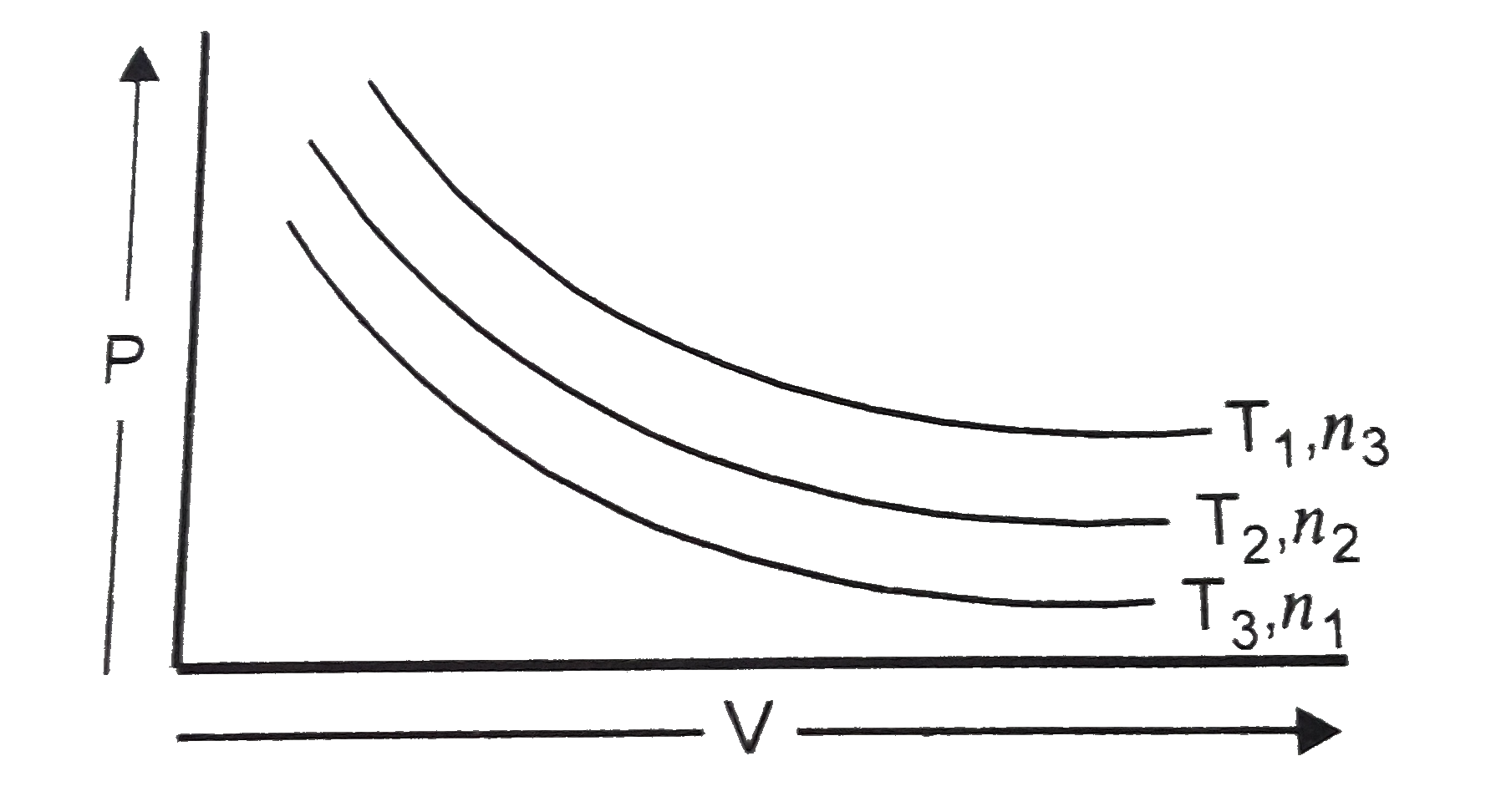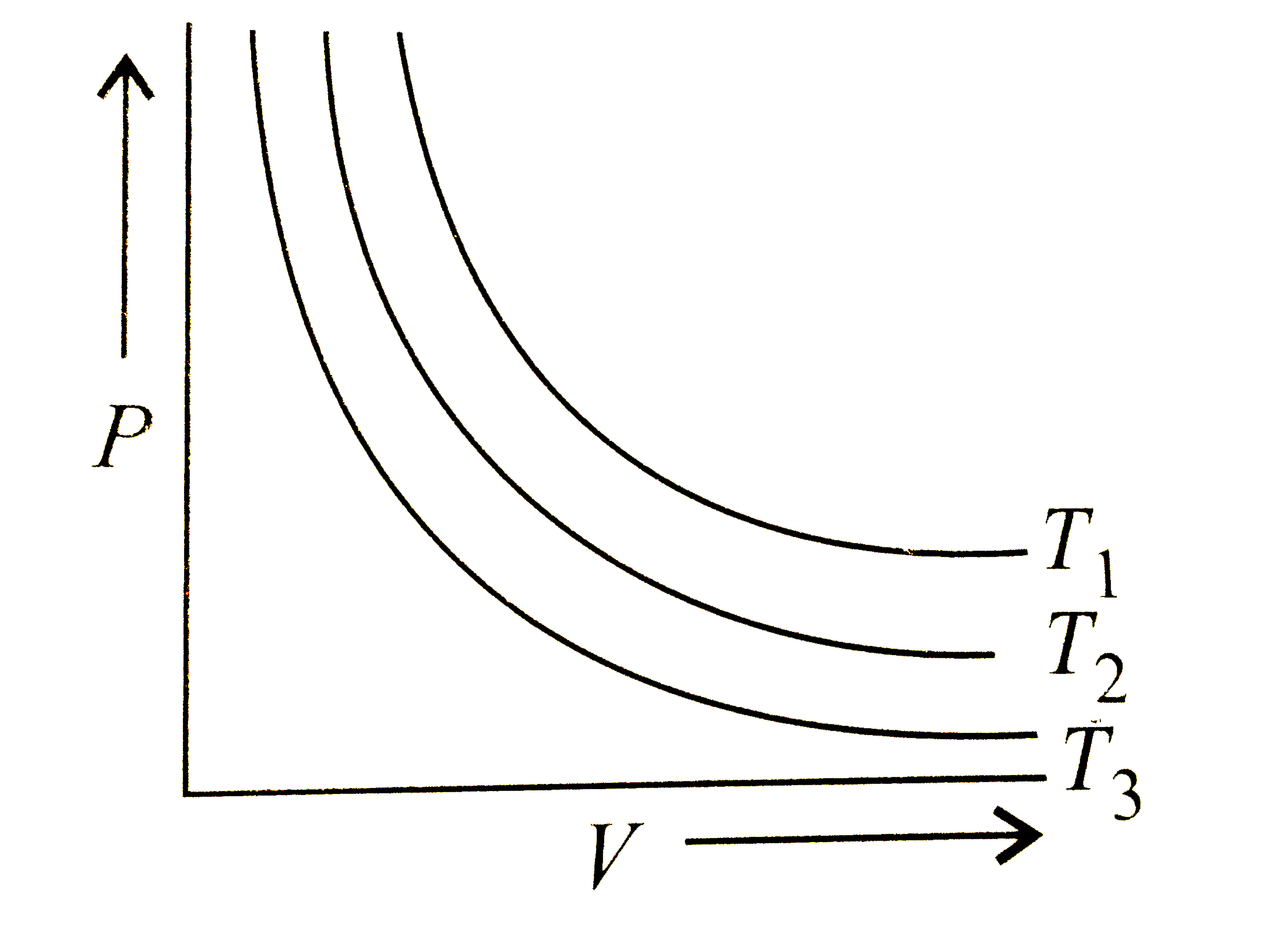Volume : Temperature relationship is given by
Boyle
Gay Lussac
Dalton
Charles
The correct Answer is:d
To determine the volume-temperature relationship in gases, we can follow these steps:
Step 1: Understand the Laws of Gas
We need to review the main gas laws that relate volume, temperature, and pressure. The three key laws to consider are:
- Boyle's Law: Relates pressure and volume at constant temperature.
- Charles's Law: Relates volume and temperature at constant pressure.
- Gay-Lussac's Law: Relates pressure and temperature at constant volume.
Step 2: Identify the Relevant Law
Since the question specifically asks for the relationship between volume and temperature, we focus on Charles's Law. According to Charles's Law, the volume of a gas is directly proportional to its absolute temperature (in Kelvin) when the pressure is held constant.
Step 3: State Charles's Law
Charles's Law can be mathematically expressed as:
V∝T
or
V1T1=V2T2
where V is the volume, T is the temperature, and the subscripts 1 and 2 refer to two different states of the gas.
Step 4: Conclusion
Thus, the volume-temperature relationship is given by Charles's Law.
---
We need to review the main gas laws that relate volume, temperature, and pressure. The three key laws to consider are:
- Boyle's Law: Relates pressure and volume at constant temperature.
- Charles's Law: Relates volume and temperature at constant pressure.
- Gay-Lussac's Law: Relates pressure and temperature at constant volume.
Since the question specifically asks for the relationship between volume and temperature, we focus on Charles's Law. According to Charles's Law, the volume of a gas is directly proportional to its absolute temperature (in Kelvin) when the pressure is held constant.
Charles's Law can be mathematically expressed as:
V∝T
or
V1T1=V2T2
where V is the volume, T is the temperature, and the subscripts 1 and 2 refer to two different states of the gas.
Thus, the volume-temperature relationship is given by Charles's Law.
Topper's Solved these Questions
- BOOK - ICSECHAPTER - STUDY OF GAS LAWS EXERCISE - TOPIC 2 (2 Marks Questions )27videos
STUDY OF GAS LAWS
- BOOK - ICSECHAPTER - STUDY OF GAS LAWS EXERCISE - TOPIC 2 (3 Marks Questions )29videos
STUDY OF GAS LAWS
- BOOK - ICSECHAPTER - STUDY OF GAS LAWS EXERCISE - TOPIC 1 (5 Marks Questions )10videos
STUDY OF GAS LAWS
- BOOK - ICSECHAPTER - SPECIMEN PAPER 3EXERCISE - SECTION II35videos
SPECIMEN PAPER 3
- BOOK - ICSECHAPTER - STUDY OF THE FIRST ELEMENT - HYDROGENEXERCISE - TOPIC 2 Properties of Hydrogen, Oxidation nd Reduction (5 MARKS QUESTIONS)29videos
STUDY OF THE FIRST ELEMENT - HYDROGEN
Similar Questions
Knowledge Check
- Question 1 - Select One
The true graphical representation of volume versus temperature relationship at constant pressure is :
A B
B C
C D
D
- Question 2 - Select One
A quantitative relationship between the temperature and rate constant is given by :
ANernst equationBArrhenius equationCvan't Hoff equationDHenderson equation - Question 3 - Select One
A quantitative relationship between the temperature and rate constant is given by :
ANernst equationBArrhenius equationCvan't Hoff equationDHenderson equation
Variation of volume with temperature was first studied by French chemist, Jacques Charles, in 1787 and then extended by another French chemist Joseph Gay-Lussac in 1802. For a fixed mass of a gas under isobaric condition, variation of volume V with temperature t°C is given by V = V0[l+αt] where V0 is the volume at 0°C, at constant pressure.
1 or every 1° change in temperature, the volume of the gas changes by............... of the volume at 0∘ CView SolutionThe graph of P vs V is given at temperature and number of moles :

The correct relationship is/areView SolutionThe graph of P vs V is given at different temperature

The correct relationship isView SolutionAt constant volume, temperature is increased. Then
View SolutionA quantitative relationship between the temperature and rate constant is given by :
View Solution

